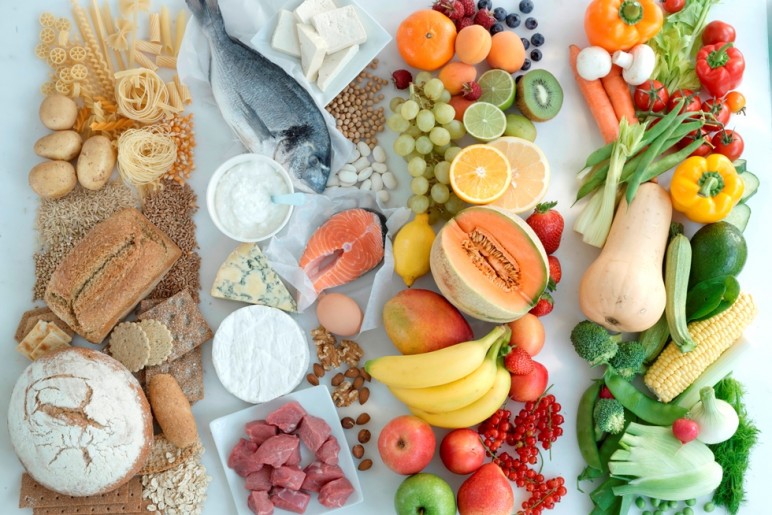Food prices are already at a 10-year high

Upward pressure on global food prices, fueled by a perfect storm of unpredictable weather, rising consumer inflation, and an energy and labor crisis, is unlikely to let up anytime soon, says Dutch bank Rabobank—even with prices already sitting at 10-year highs.
If 2022 brings fewer COVID-related disruptions—far from a sure thing, as the new Omicron variant starts to rip around the world—“when it comes to agricultural commodity prices, any sense of normalcy looks unlikely, and inflation in this space is almost certainly not just ‘temporary,’” the bank said in a report, titled Hell in the Handbasket.
“We certainly don’t expect prices to go back to five- or 10-year averages,” said Carlos Mera, head of agri commodities market research at Rabobank. That’s partly due to a “floor” on global price rises: With fertilizer and other input costs increasing, farmers’ costs, too, are climbing. Meanwhile, increased hedging and building stocks to cushion the impact of now-familiar supply shocks is also pushing up demand.
Global food prices are their highest point since July 2011 as of October, according to the Food Price Index tracked by the UN’s Food and Agriculture Organization (FAO), which tracks a basket of staples. That price rise has been driven in particular by higher cereal prices, especially wheat.
Agriculture futures markets have also seen sharp increases. Since the start of the year, U.S.-based coffee futures are up more than 82%, while wheat is up about 26%, and sugar is up nearly 24%, according to tracking from the Wall Street Journal.
The rising cost of energy, and how it has affected fertilizer prices, has also drawn warnings from industry executives about the risks of price shocks hitting developing countries.
Earlier this month, the CEO of Norwegian fertilizer company Yara International said that energy costs had gotten so high the company had been forced to cut its production of ammonia, a key ingredient, by as much as 40%. Costs to produce a ton of ammonia had gone from $110 last summer to about $1,000 this one, Svein Tore Holsether said.
“I’m afraid we’re going to have a food crisis,” he said at the time.
‘That is quite scary’
If there’s one commodity that encapsulates the pressures on global food prices—and the risks—it’s wheat. The Chicago wheat futures contract is sitting near a nine-year high, while globally, wheat has slipped into its largest deficit since the 2012–13 year, says Mera. This marks the second consecutive year of a deficit—after 10 previous years in which the world produced more wheat than it needed, and kept inventories stocked.
The shortfall is in large part the result of weather, with drought and high temperatures ripping through major wheat producers including the U.S., Canada, and Russia, exacerbated by two consecutive La Niña events. “The weather in major wheat areas has been atrocious,” said Mera.
Because wheat is a staple that underpins basic food security, rising wheat prices can have serious geopolitical consequences.
“It’s a commodity where inflation or very high prices are the most worrying,” said Mera, pointing to efforts by governments—already reeling from unrest over the pandemic—to limit the public’s exposure to high prices. Russia, a major wheat producer, has hiked its export tax on wheat, to incentivize keeping supplies at home.
“That is quite scary,” said Mera. “Events like the French Revolution and the Arab Spring have been blamed on high food prices.”
Rabobank forecasts a small wheat surplus in the latter half of 2022, but not enough to offset the shortfall the world is facing this year.
Read also
Wheat in Southern Brazil Impacted by Dry Weather and Frosts
Oilseed Industry. Leaders and Strategies in the Times of a Great Change
Black Sea & Danube Region: Oilseed and Vegoil Markets Within Ongoing Transfor...
Serbia. The drought will cause extremely high losses for farmers this year
2023/24 Safrinha Corn in Brazil 91% Harvested
Write to us
Our manager will contact you soon



